Formed around the dawn of the British motor industry, the Wolseley name has shared a history closely interwoven with two other prestigious BMC marques, Morris and Austin. A British automobile manufacturer that was founded in 1901, the Wolseley Motor Company began to incorporate itself into larger companies in 1935. There it remained an upmarket marque until 1975.
Roadster by Swallow Sidecar and Coachbuilders
View info and historyThe association of the Wolseley Company was formed by Dublin-born Frederick York Wolseley and Buckinghamshire-born 30-year-old Herbert Austin. Frederick left his family home at the age of seventeen and traveled to Melbourne, Australia. Working as a jackeroo on a sheep station, Wolseley later became the manager, and it was in 1870 that he became Justice of the Peace and began to experiment with the idea of a mechanical sheep shearing machine. Purchasing 'Euroka', a property near Walgett, Wolseley eventually gave the first demonstration of his invention and proved that it was a success.Frederick set up the Wolseley Sheep-Shearing Machine Company, Ltd in Sydney Australia in 1887, with a capital of 20,000 pounds. By the 20th Anniversary of the company a total of 20,800 sets had been produced and sold and had won every competition at the Melbourne Show.Herbert also set off to Australia to pursue a career in engineering. In a short time after arriving in Sydney, Austin had become a manager of a small firm that was awarded the contract to supply precision-engineered parts to the Wolseley Company. The formation of the association began here.
Roadster by Swallow Sidecar and Coachbuilders
View info and historyThe Wolseley business was relocated to England in 1889 and the association between Austin and Wolseley was continued. In 1893 Austin returned to England to join the company as works manager of Wolseley Sheep-Shearing Machine Company. Austin began to become more and more intrigued with automobiles and engines. Wolseley resigned from the company in 1894 and the following year the company upgraded to larger premises in the Birmingham suburb of Aston and began to see progress in their venture into car production. The original Wolseley car was designed 'in secret' during the designer's own time in the winter of 1985 by Herbert Austin, the future father of Austin Motor Company. The directors and partners of the company had no faith in these new vehicles and refused to spend money on what they considered useless experiments. His own version was of a design by Léon Bollée that he had viewed in Paris which he later found out had already had the rights purchased by another British group. Having to come up with a design of his own, by 1897 a second Wolseley model, the Wolseley AutoCar No. 1 was introduced. The No. 1 was a three-wheeled design with one front, and two rear wheels that featured independent suspension, mid-engine, and room for two adults to sit back to back. Unfortunately, the design was not successful, and despite advertising, none were sold. In 1899 the third Wolseley automobile was introduced, now a four-wheeled Wolseley 'Voiturette'. This time around, the vehicle had a steering wheel rather than a tiller. By 1901, the Wolseley Company was producing its first four-wheeled motor vehicles based on the 'Voituerette'. At this time the
Roadster by Swallow Sidecar and Coachbuilders
View info and historyMuch of the impetus behind the automobile production came from Austin rather than Wolseley, who had little more than a cursory interest in the car side of the business. At this same time, the engineering firm Vickers had become interested in Wolseley as providing them with an entrance into the emerging motor-car industry. The end result of this was the Wolseley Tool and Motor Car Co Ltd established by Vickers in 1901.The newly-formed company established Herbert Austin as its manager and an agreement was signed between the two Wolseley Company and Austin. The car-building activities from the previous company were purchased, leaving the Wolseley Sheep-Shearing Machine Company to merrily continue doing what its name implied. Unfortunately due to the combination of Austin's over-ambitious development of vehicles for motor racing, along with his bullheaded refusal to adapt to emergent updates in engine technology, following four years, the company found itself in crisis. In the summer of 1905, Herbert Austin resigned. Wolseley purchased the Siddeley Autocar Company that was based in Coventry and replaced Austin as General Manager with John Davenport Siddeley. Siddeley eventually resigned in 1910, but during that time period, the company's vehicles were known as Wolseley-Siddeley. Davenport went on to manage the Deasy Motor Company which then became Siddeley-Deasy. Eventually, this company merged with Armstrong-Whitworth and eventually became Armstrong Siddeley. Their claim to fame became building the Schilovski Gyrocar in 1912 after being commissioned by the Russian Count Peter P.Schilovski, a lawyer and member of the Russian Royal Family.
Roadster by Swallow Sidecar and Coachbuilders
View info and historyWolseley's business continued to thrive following the years with Siddeley. The company reverted to the official name Wolseley Motor Company in 1914 and the size of the Adderley Park site expanded in size by 6-fold. Wolseley began to diversify itself into a business that catered not just to commercial vehicles, but taxi cabs, locomotive, boat and airplane engines. Armored vehicles, aircraft components, and munitions became the new production at Wolseley rather than automobiles during the war years. Wolseley Motors Ltd, a Canadian by-product was created in 1914 with locations in Montreal and Toronto. The name was changed to British & American Motors Ltd following the war, while factory representatives were appointed in Australia, New Zealand, South America, and South Africa. In 1918 a contract was formed with a Japanese company, Ishikawajima Ship Building and Engineering Co, which gave the company exclusivity to Wolseley products in the Far East. In 1922 the first Japanese-constructed Wolseley model was introduced. The name was changed in 1949 to 'Isuzu Motors Ltd', a company that is still going strong today.Ward End Works in Birmingham, England became the newest production facility purchased by Wolseley soon after the war. In 1921 Wolseley unveiled a distinguished, imposing flagship showroom in Piccadilly. This lavish location was located next door to the Ritz Hotel which today houses a restaurant called The Welseley. Awarded the inaugural Medal for Street Architecture by the Royal Institute of British Architects in 1922, this was something of a trend among motor manufacturers as the prestigious showroom cost nearly £250,000 to build. 
Roadster by Swallow Sidecar and Coachbuilders
View info and historyUnfortunately, Wolseley's expensive automobiles had begun to decline in sales, as the models failed to meet expectations. More ventures into motor racing placed a heavy burden on company resources and Wolseley found itself once more embroiled in financial crisis. In 1926 the Wolseley house was sold to Barclays Bank and by the end of October, Wolsely was in hands of the Receivers. William Morris, who held franchise for the Oxford area decided to purchase the Wolseley Company for £730,000 at a auction held by the Receiver in October 1926. Rival bids included General Motors and the Austin Motor Company. Morris renamed the company Wolsely Motors 1927 Ltd and concentrated production at the Ward End plant. This freed up Adderley Park works, which Morris used in the production of Morris Commercials. By the 1930s, the Wolseley Company flourished and built up an enviable reputation within the automobile industry. New models such as the Viper, Wasp, and Hornet were unveiled in the following few years, and it was in 1935 when Wolseley became a subsidiary of Morris' own Morris Motors Company. During these pre-war years sales and production continued to go up, and Wolseley seemed to thrive. Following the Second World War, rationalization began in earnest, and near the end of the 1930s, the newest 'Wolseley's' were in fact Morris designs that carried upmarket interiors and revised front-end styling. In 1938 Wolseley models became part of the Nuffield Organization alongside Morris and Riley/Autovia. 
Roadster by Swallow Sidecar and Coachbuilders
View info and historyThe Ward End was released to the production of Nuffield tractors and other agricultural machinery in 1948, while the production of Wolsely automobiles was moved to the Morris Plant at Cowley. The introduction of the first all-new post-war Wolseleys was also unveiled in this same year. These vehicles were similar 4/50 6/80 models and were modeled from the Morris Oxford MO. The BMC combine was formed in 1952 by the merger of the Nuffield Group and the Austin Motor Company. This caused a total of five marques to manage, which meant that further rationalization was necessary. In the UK, only Wolseley and Riley versions were released, while in Australia, both the Austin Lancer and Morris Major were introduced.The Wolseley 1500 which was solely based on the planned successor to the Morris Minor was introduced in 1957. Wolseley in name only, in December 1958 the Wolseley brand ushered in the new 'Farina Saloon' styling with the 15/60. This vehicle was the new mid-sized BMC saloon design that was penned by Pinin Farina. The automobile was conceived at Longbridge, the precursor of the new Austin A55 Cambridge MkII. Following the A55 were the MG, Morris, Riley, and even Princess versions in this order through the remainder of 1959. 
Roadster by Swallow Sidecar and Coachbuilders
View info and historyIn 1961, the Mini-based Hornet and Elf twins were unveiled, while in South Africa the Wolseley 1000 was updated without the extended boot from the Hornet. Based on the Austin and Morris Mini, the Wolseley Hornet came with a booted body style that was shared with Riley as the Elf. A version of the Austin 1800 was introduced in 1967 as the Wolseley 18/85. Near the end of the 1960s, the Wolseley and Riley marques had become so diluted that the process of keeping both identities alive was a futile and expensive effort. In 1969, the end of Riley was announced to the public, at the same time as the formation of BLMC, the merger of BMC and Leyland to form British Leyland. The 6/110 'Farina' saloon was discontinued in 1968, for the first time in decades the lineup did not include a six-cylinder model. Wolseley 1300 production ended by the middle of 1974, the only representative of the Wolseley marque was the Six, a variant of the six-cylinder Austin 1800 and the Austin 2200. The final Wolseley model, the short-lived Wolseley 18-22 series saloon was released in March of 1975 and was based on the Leyland Princess. This series was sold for only seven months and was never given a clear name until the range was renamed the Princess.Wolseley automobiles maintained themselves at the forefront of motor design and year after year their fame continued to spread and their demand increased. It was no small achievement, beginning with only 3 ¾ acres, 21 years later the original factory had grown to encompass 110 acres and a staff of 5,800 workmen. 
Roadster by Swallow Sidecar and Coachbuilders
View info and historyToday the remnants of the Wolseley Sheep-Shearing Machine Company still survive to this day in the plumber's and builder's merchants Wolseley plc. Bought as part of the assets of the MG Rover Group, the Wolseley marque is owned by Nanjing Automobile Group. Towards the turn of the millennium the company had evolved into a distributor of tractor parts and accessories, the international supply and distribution of photographic equipment, and the delivery of cable management solutions. The company sold all over interests in 2000 to a private equity company named Cinven for approximately £135m, wanting to focus entirely on its core building supplies activity.By Jessica Donaldson
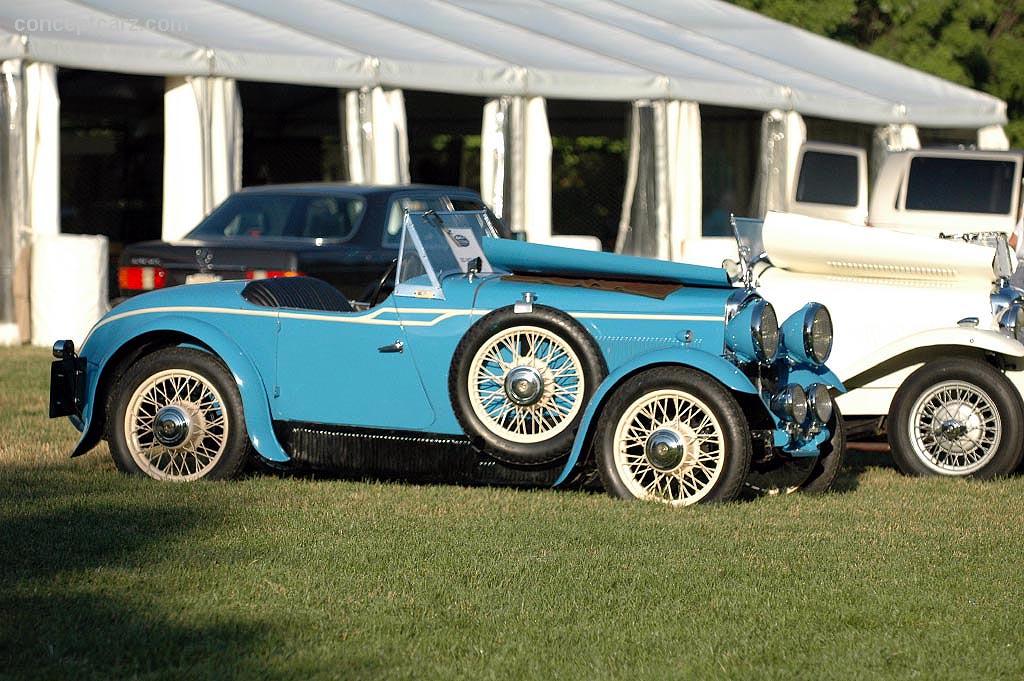
Roadster by Swallow Sidecar and Coachbuilders
View info and history
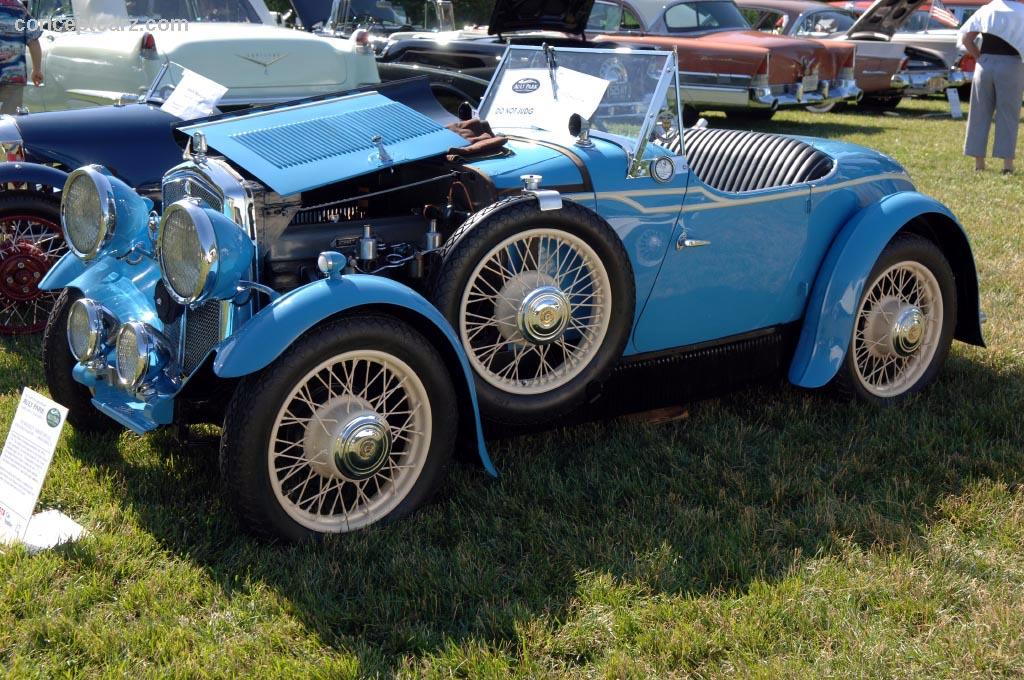
Roadster by Swallow Sidecar and Coachbuilders
View info and history
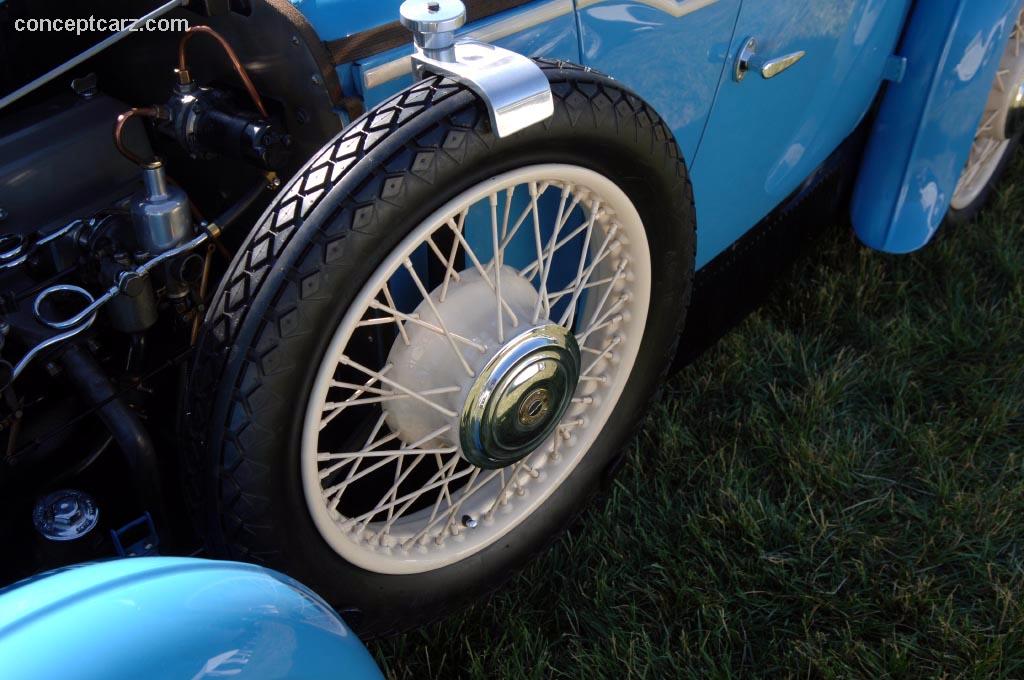
Roadster by Swallow Sidecar and Coachbuilders
View info and history
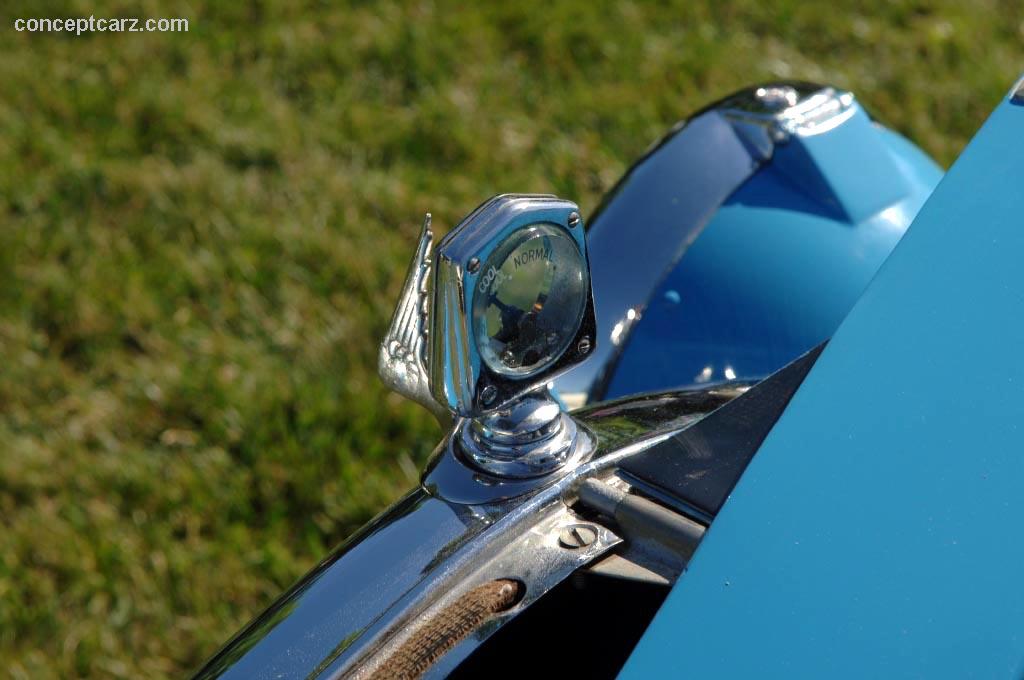
Roadster by Swallow Sidecar and Coachbuilders
View info and history

Roadster by Swallow Sidecar and Coachbuilders
View info and history

Roadster by Swallow Sidecar and Coachbuilders
View info and history

Roadster by Swallow Sidecar and Coachbuilders
View info and history
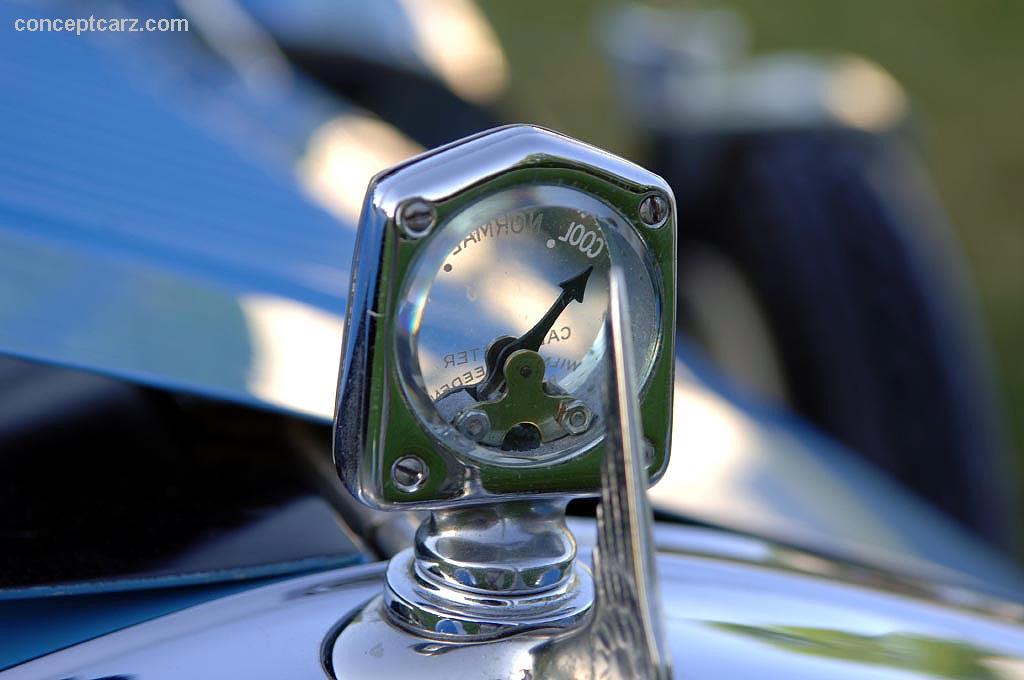
Roadster by Swallow Sidecar and Coachbuilders
View info and history
1932 Wolseley Hornet Special Vehicle Profiles
Recent Vehicle Additions
Performance and Specification Comparison
Related Automotive News

The Charlie Thomas Collection Consigns 150 Vehicles to Barrett-Jackson's Las Vegas and Scottsdale Auctions
Six vehicles from the collection will cross the block in Las Vegas at No Reserve with the remaining 140-plus vehicles selling at Barrett-Jacksons 46th Annual Scottsdale Auction, January 14-22, 2017
SCOTTSDALE, Arizona – September 27, 2016 –...

Automobiles with Exceptional Provenance Highlight Gooding & Company's Pebble Beach Auctions
SANTA MONICA, Calif. (July 10, 2014) – Gooding %26 Company, celebrated for its world-class automotive auctions and record-breaking results, will begin its second decade as the official auction house of the Pebble Beach Concours dElegance® on August...

120 years of motor sport at Mercedes-Benz take centre stage at the Goodwood Festival of Speed 2014
Addicted to Winning at this years Goodwood Festival of Speed, Mercedes-Benz looks back on some fascinating racing victories of the last 120 years
The unique motor sport heritage of the Mercedes-Benz brand is being celebrated with an exclusive i...

RARE COLLECTOR VEHICLES ADDED TO UPCOMING AUCTIONS AMERICA CALIFORNIA SALE
Auctions Americas three-day sale returns to Burbank, California July 31 – August 2
Early auction highlights include a 1967 Shelby Mustang Group II Notchback, a 1953 Ferrari 250 Europa by Pinin Farina, and a 1960 Mercedes-Benz 300SL Roadster...

Techno Classica 2014: more than 30 racing cars to celebrate 120 years of Mercedes-Benz motor racing history
Cars that were the heroes of magical moments put their stamp on this high-powered, most comprehensive show presentation
With more than 30 vehicles, Mercedes-Benz Classic presents motor racing history in all its unique breadth and depth
120 years o...


























